For B2B companies eyeing China, the stakes have never been higher. With Baidu controlling 72% of B2B-related searches and platforms like WeChat Work redefining corporate decision-making, traditional SEO tactics fall short. In 2025, success demands a blend of hyper-localization, AI adaptation, and deep compliance understanding. Here’s your roadmap to outsmart competitors in China’s complex B2B ecosystem.
Baidu’s 2025 Algorithm: What B2B Brands Must Know
Baidu’s latest updates prioritize B2B intent signals over generic keywords. Key shifts include:
1.Industry-Specific “Zhixin” Scores:
Baidu now rates B2B sites on industry authority metrics like:
Partnerships with Chinese enterprises (e.g., joint venture announcements)
.cn domain backlinks from government portals (e.g., *.gov.cn)
Case studies featuring Chinese clients (ideally with Mandarin video testimonials)
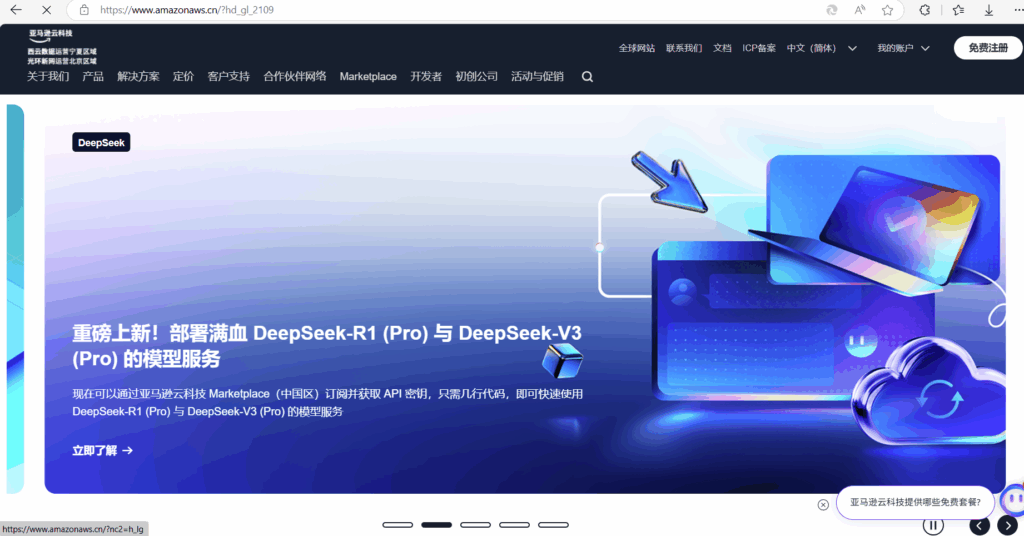
Content Localization: Speak the Language of Chinese Procurement Teams
A. Keyword Strategy
Use Baidu’s “B2B Intent Keywords” Tool to target:
Solution-Driven Queries:
“汽车行业智能制造解决方案” (Smart manufacturing solutions for automotive industry)
Regional Compliance Phrases:
“长三角数据合规咨询” (Yangtze Delta data compliance consulting)
Avoid Direct Translations:
“Supply chain optimization” → “柔性供应链升级方案” (flexible supply chain upgrade solutions)
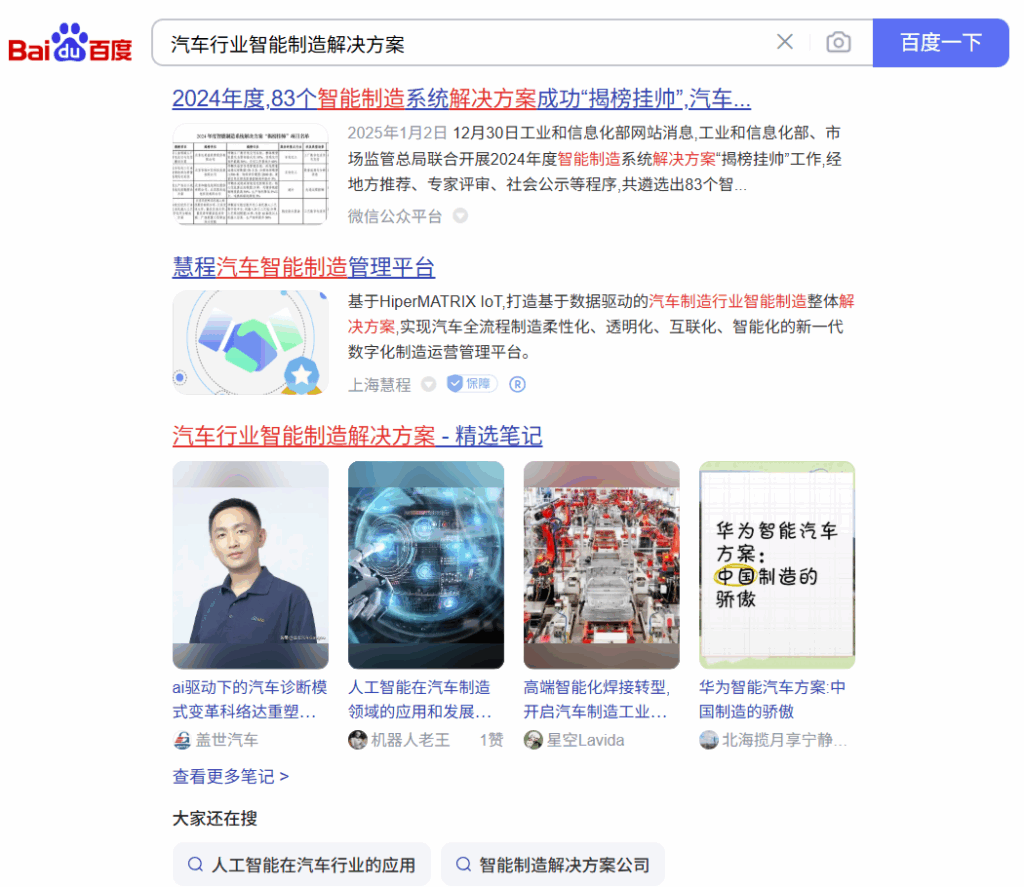
B. Format for Decision-Makers
Whitepapers: Publish in Mandarin with downloadable PDFs (hosted on Baidu Wenku).
3D Interactive Demos: Embed Baidu VR-compatible factory/software walkthroughs.
Technical SEO: Build a China-Ready Foundation
1.Priority 2025 Requirement Tool
Hosting ICP备案 (Mandatory for .cn domains) on platforms such as Alibaba Cloud
Mobile Speed ≤1.5s load time on Baidu MIP in the help of Baidu Mobile-Friendly Test
Structured Data Baidu-specific JSON-LD for B2B services using Schema App
Critical Fix: Block Baiduspider crawlers from non-China pages using robots.txt.
2.Leverage China’s B2B Social Ecosystems
B2B buyers increasingly discover vendors via:
2.1 WeChat Work Channels
2.2 Optimize Official Accounts with keyword-rich articles (e.g., “5G工厂案例”)
2.3 Use mini-programs for RFQ (Request for Quote) submissions.
2.4 Zhihu (Quora for Pros):
Answer technical queries like “How to integrate IoT with legacy systems in China?”
Link to gated content (e.g., “2025 China Industrial IoT Report”).
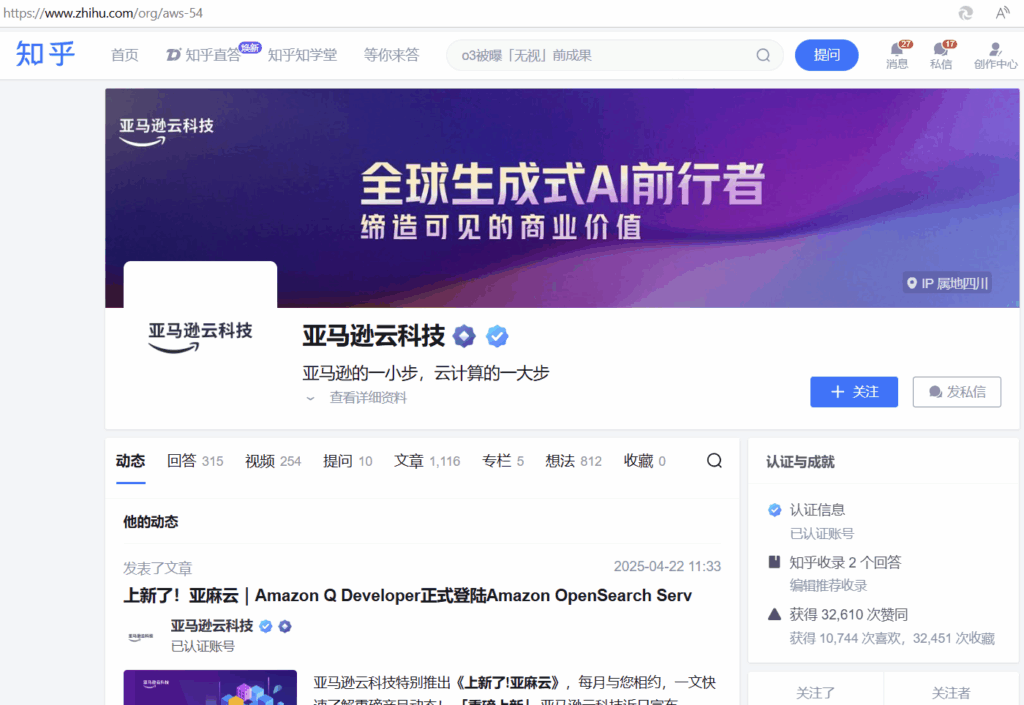
2.5 Douyin B2B Vertical:
Post 60-second explainers (e.g., “How our ERP software handles China’s Golden Tax System”).
Use hashtags like #工业4.0 (#Industry 4.0) and #碳中和 (#Carbon neutrality).
Compliance: The Hidden Ranking Factor for B2B Brands
China’s tightening regulations impact SEO:
1. Data Laws (PIPL):
Hosting Chinese client data? Store it locally and display a PIPL-compliant privacy policy.
2. Industry Certifications:
Highlight badges like CCC认证 (China Compulsory Certification) in metadata and content.
3. Blocked Terms:
Baidu auto-demotes content mentioning sensitive sectors (e.g., critical infrastructure) without proper licenses.
The Bottom Line:
In 2025, Chinese SEO for B2B brands isn’t about translation—it’s about becoming a local industry insider. By aligning with Baidu’s AI-driven algorithms and China’s unique B2B culture, your brand can bypass trade barriers and earn trust in the world’s most competitive industrial market.
Ready to dominate? Please feel free to reach us via service@baiduseopro.com.
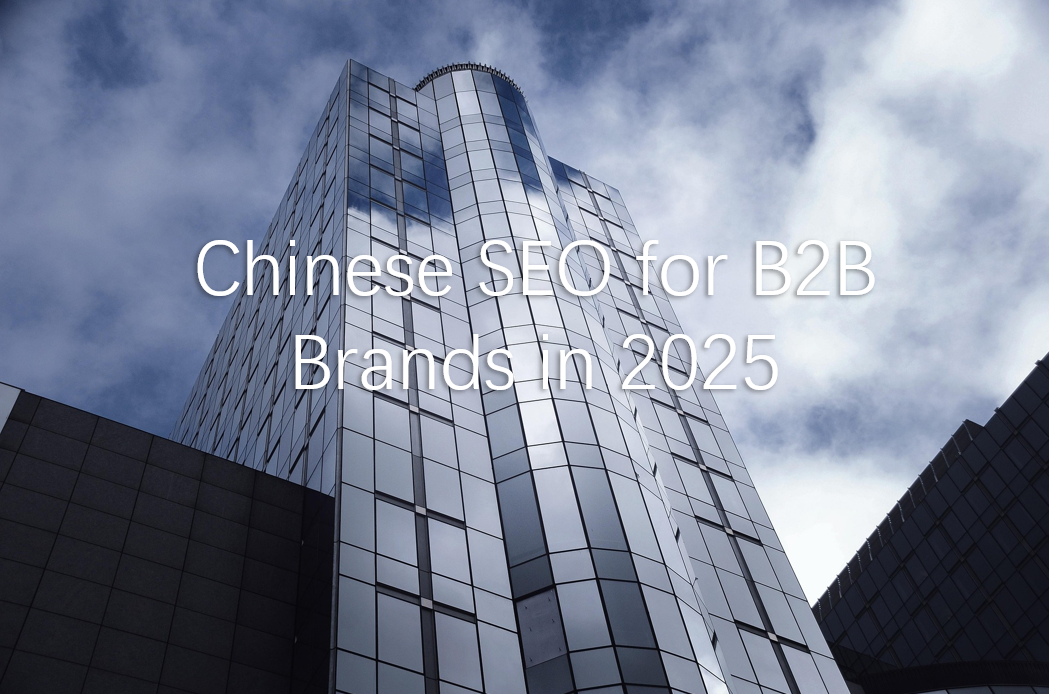
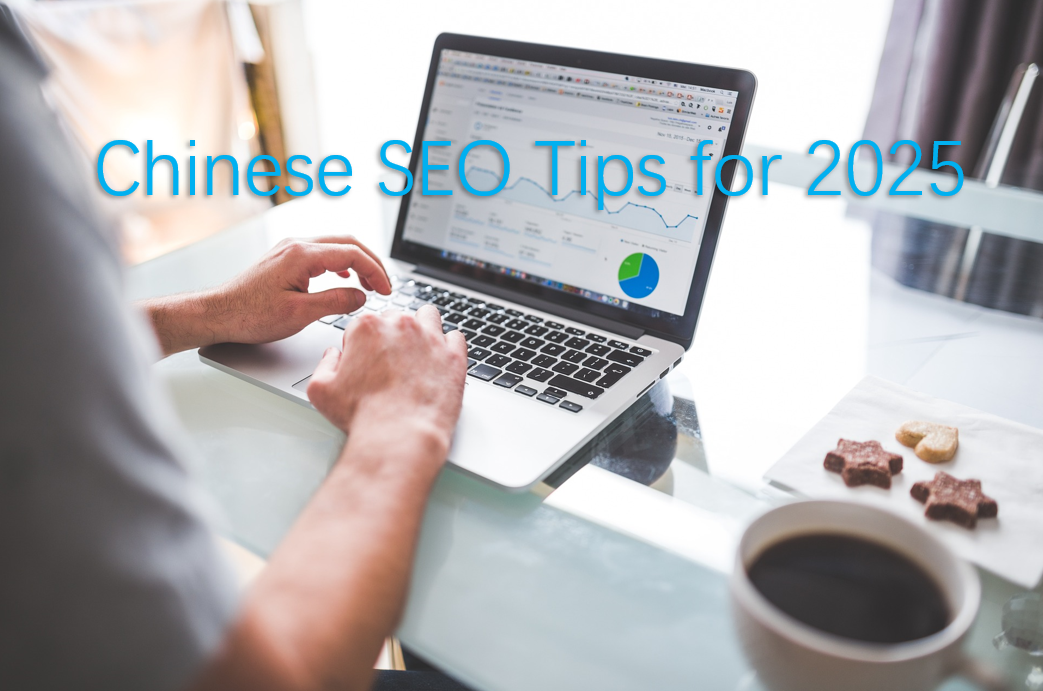

Leave a Reply